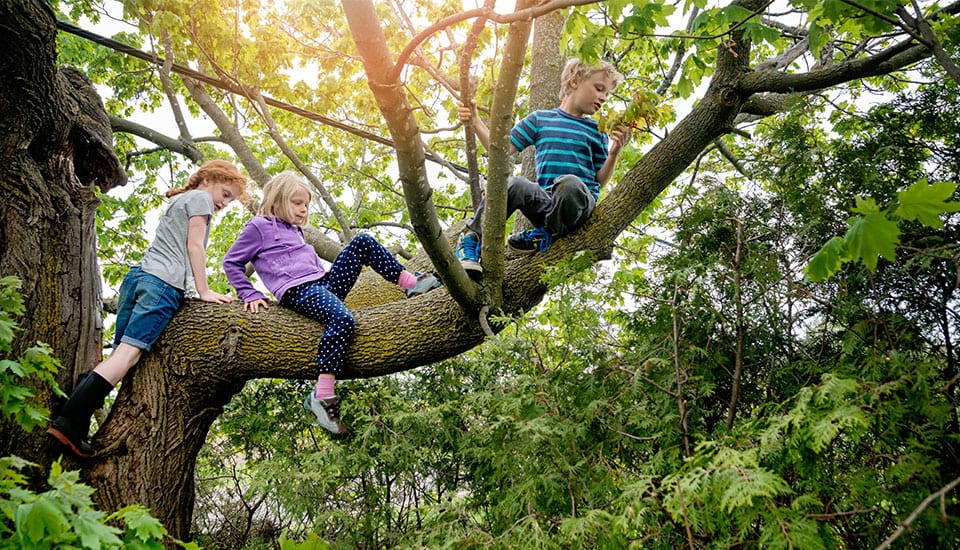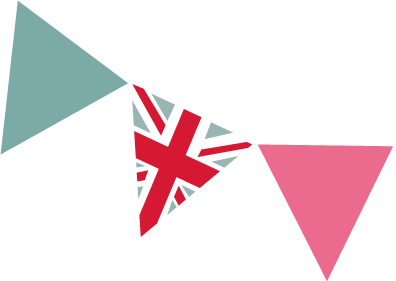
Having fun in the great outdoors is one of the highlights of living in the countryside. Outdoor living brings health benefits and enjoyment to all ages. However children and adults from time to time may experience a few knocks or accidents whilst enjoying their outdoor pursuits.
Hi my name is Claire – I’m a nurse and rural mum. Here is my general first aid guidance for those little accidents that can happen whilst enjoying the great outdoors.
Cuts and grazes
Bleeding from small cuts and grazes can be controlled by applying pressure using a clean non fluffy pad and by raising the injured part. Once clean and the bleeding has stopped, apply an adhesive dressing. Minor wounds normally heal within a few days.
Insect stings
Usually a sting from a bee, wasp or hornet is painful rather than dangerous. It is normal to have some swelling, redness, pain and itching around the sting. If the sting is visible, scrape the sting away in a horizontal movement using your fingernail or credit card. Wash the area with soap and water, apply a cold flannel. Discourage the child from scratching as it may become infected. If painful or swollen try an ice pack; frozen peas or ice in a towel. In the event of signs of difficulty in breathing or speaking, swelling in the mouth or throat, rash all over the body, faintness or decreased level of consciousness or if the sting involves the inside of the mouth or throat, seek immediate medical help.
Nettle stings
Being sting by a nettle causes a stinging sensation and rash, and will generally resolve itself. Dab with a cool damp cloth. The traditional cure is to find the nearest dock leaf – they do appear to help soothe the sting with the cooling sensation of the sap evaporating from the affected skin.
Splinters
If possible apply a plaster until you get home where the area can be washed with soap and the splinter removed with tweezers, drawing it out in a straight line at the same angle that it went into the skin. If the splinter is embedded or difficult to dislodge apply a dressing and seek medical help.
As a mother of three I have found it is useful to have in a pocket a few plasters and clean tissues. If going further afield take a small first aid kit with some plasters, sterile dressings, tape, alcohol free cleansing wipes and tweezers. Chemists and some supermarkets sell loose dressings as well as ready to go first aid kits. If the reaction to insect and plant stings does not subside quickly an antihistamine medicine or cream may be helpful, speak to a pharmacist.
Click here for our guide to what to keep in your first aid kit.


